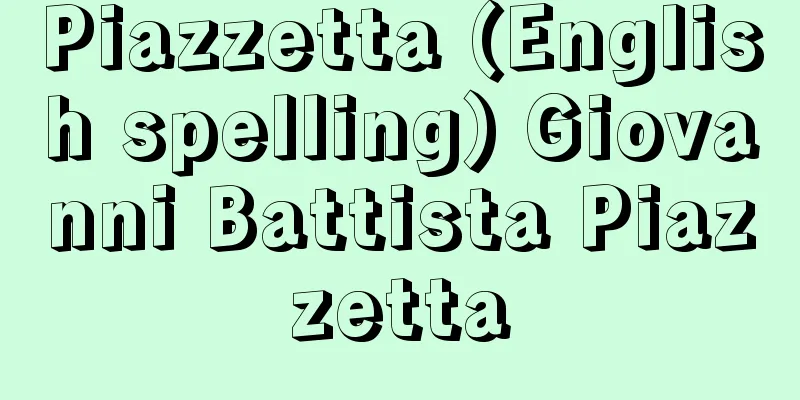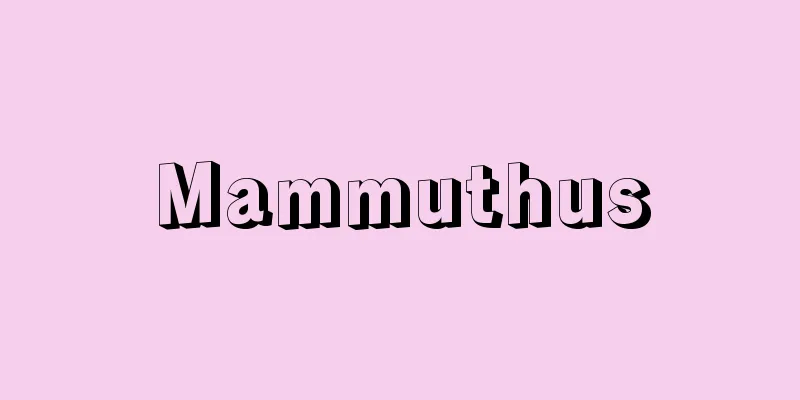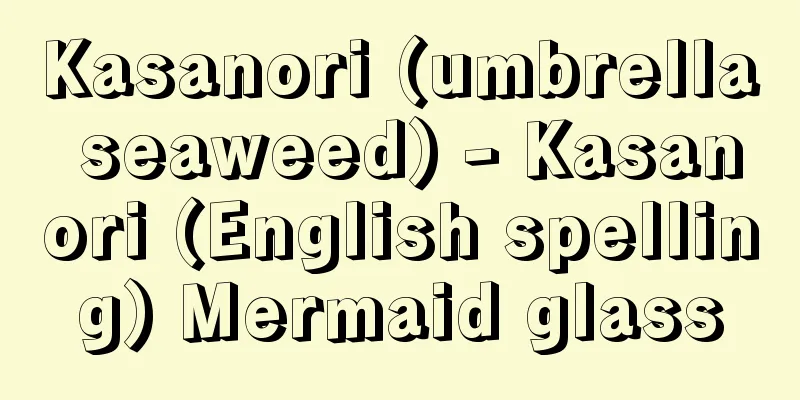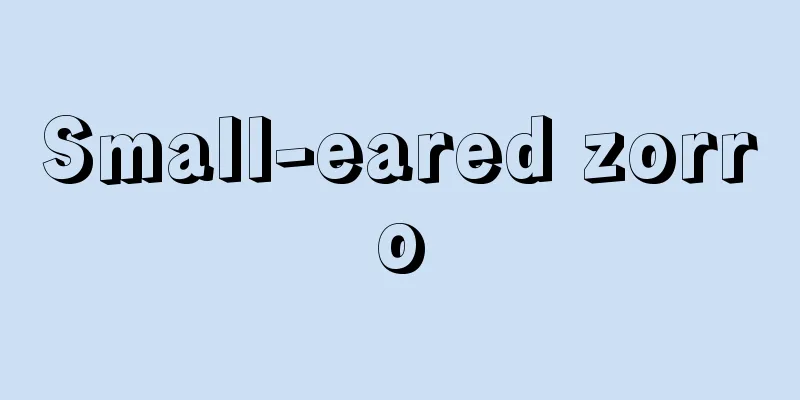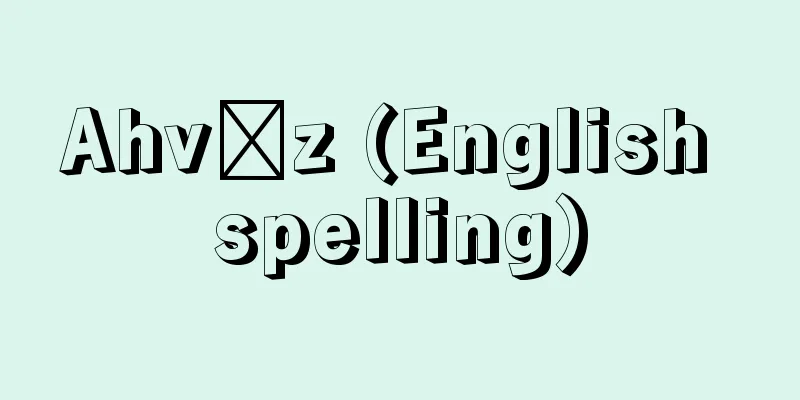Jun Tosaka

|
Born: September 27, 1900, Tokyo [Died] August 9, 1945. Nagano materialist philosopher. After graduating from Kaisei Junior High School, he studied science at First Senior High School, and graduated from Kyoto University's Department of Philosophy in 1924. After teaching at technical schools and various universities in Kyoto and Kobe, he returned to Tokyo in 1931 to become a lecturer and professor at Hosei University. At that time, the Manchurian Incident (1931) had already begun, and the times were leaning towards war, but Tosaka, who had a scientific spirit that thoroughly rejected mysticism and irrationality, approached Marxist philosophy through his senior at Kyoto University, Kiyoshi Miki, and others, and in 1932, together with Kunio Oka and Hirone Saegusa, he founded the Materialist Research Society, a journal called Materialist Research (published 65 issues until 1938). After being dismissed from Hosei University in 1934 for ideological unrest, he devoted all his energy to materialist research activities, and in 1935, he began publishing the Complete Book of Materialism (66 volumes in total). The militant nature of Tosaka’s materialism lies in the fact that he approached all issues of culture, thought, and science from a materialistic point of view, and took the lead in the ideological struggle against the Japanese nationalist and nationalist philosophies of Kanokogi Kazunobu and Kihira Masami, and the liberal philosophies of Nishida Kitaro and Tanabe Hajime. His first work, “Scientific Methodology” (29), “The Logic of Ideology” (30), “An Introduction to Ideology” (32), “Science Theory” (35), and “Japanese Ideology Theory” (35) are the trajectory of this struggle, but at the same time they were also scathing criticisms of the scientific spirit against the educational spirit of the totalitarian government policy of the time. However, he could not resist the rise of military dictatorship, and in 1937 he was banned from writing. In 1938 he was arrested in connection with the Yuiken Incident, and in 1944 he was sentenced to three years in prison by the Supreme Court. In 1945, just before the end of World War II, he died of malnutrition in Nagano Prison. Source: Encyclopaedia Britannica Concise Encyclopedia About Encyclopaedia Britannica Concise Encyclopedia Information |
|
[生]1900.9.27. 東京 [没]1945.8.9. 長野 唯物論哲学者。開成中学卒業後,第一高等学校理科を経て,1924年京都大学哲学科卒業。京都および神戸の専門学校,諸大学の教師を経て,31年東京に帰って法政大学の講師,教授となる。当時,すでに満州事変 (1931) が始っており時勢は戦争へと傾斜していたが,神秘と非合理を徹底して排する科学的な精神をもった戸坂は,京大の先輩,三木清らを通してマルクス主義哲学に接近し,当時の政治状況に抗し 32年には岡邦雄,三枝博音らとともに唯物論研究会を組織して機関誌『唯物論研究』 (38年まで 65号を刊行) を創刊した。 34年思想不穏のかどで法政大学を免職になってからは唯研活動に全力量を投入,35年には『唯物論全書』 (全 66冊) の刊行を開始した。戸坂の唯物論の戦闘性は,文化,思想,科学のあらゆる問題に唯物論的視点から切込み,鹿子木員信,紀平正美らの日本主義,国家主義哲学,あるいは西田幾多郎,田辺元らの自由主義哲学とのイデオロギー闘争を先頭に立って推し進めたところにある。処女作『科学的方法論』 (29) から『イデオロギーの論理学』 (30) ,続いて『イデオロギー概論』 (32) ,『科学論』 (35) ,『日本イデオロギー論』 (35) は,そのたたかいの軌跡であるが,それは同時に当時の政府の全体主義的文教政策としての教学精神に対する科学的精神の痛烈なる批判であった。しかし軍部独裁政治の台頭には抗しきれず,37年執筆禁止,38年には唯研事件により検挙され,44年大審院による懲役3年の最終判決を受け下獄,翌 45年第2次世界大戦終戦を目前にしながら長野刑務所で栄養失調のため獄死した。『戸坂潤全集』 (5巻,66~67) がある。 出典 ブリタニカ国際大百科事典 小項目事典ブリタニカ国際大百科事典 小項目事典について 情報 |
Recommend
Asama tan - Asama tan
... In addition, Mount Haneyama (1,256m) near Kyu...
Pavel I - Pavel
Russian Emperor (reigned 1796-1801). The eldest so...
Lejre
…a legendary dynasty that is said to have been fo...
Focus
〘noun〙 (from brandpunt) 1. The focal point of the ...
Andromaque - Andromack (English spelling)
A tragedy in verse by French dramatist Racine. Fi...
sexual response
... The physiological reactions of men and women ...
Urology - Urology
It is a branch of clinical medicine and is a rela...
Navigation area - Koukouiki
An area in which ships are permitted to navigate b...
Monnet, J.
...However, after the war, this idea was not acce...
Kingdom of Mitanni
A Hurrian kingdom founded in northern Mesopotamia ...
Draparnaldiopsis
...Reproduction is known to be asexual by zoospor...
Blue longhorn beetle - Blue longhorn beetle
An insect of the family Cerambycidae (illustration...
Toda Ujikane
Year of death: February 14, 1655 (March 21, 1655) ...
Bourseul, C. (English spelling) BourseulC
...For example, the telegraph was invented in 182...
Medical Malpractice Insurance
...The Product Liability Act, which came into for...
